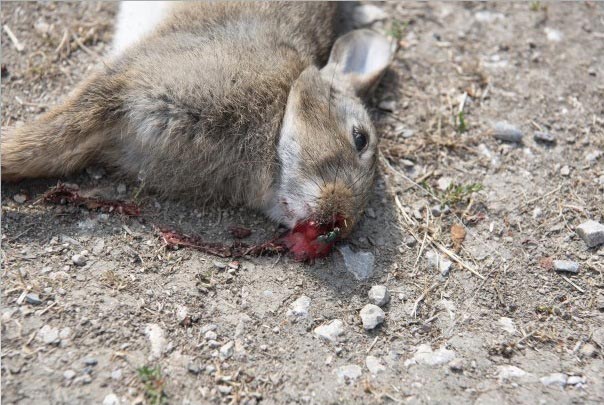28 Jul 2020
Research reports clinical features, gross postmortem and histopathological findings during a rabbit haemorrhagic disease outbreak.

Image © BSAVA Manual of Wildlife Casualties (2nd edn)
Research of naturally occurring outbreaks of rabbit haemorrhagic disease (RHD) has been published.
While RHD has been investigated extensively in a laboratory setting, research on actual outbreaks was sparse.
A new study, published in the Journal of Small Animal Practice, reported clinical features, and gross postmortem and histopathological findings of sudden or unexpected death in rabbits during an RHD outbreak.

Vets were encouraged to submit case histories and the results of postmortem of pet rabbits that had died suddenly for the study, “RHDV2 epidemic in UK pet rabbits. Part 1: clinical features, gross postmortem and histopathological findings”.
Frances Harcourt-Brown, corresponding paper author, said: “Case histories, macroscopic findings and histopathology results were available from 300 rabbits that died suddenly.
“Of these, 185 (62%) died from RHD and showed characteristic histopathological features of RHD, including apoptosis, and variable lytic and coagulative hepatocellular necrosis, with varying distribution.”
Mrs Harcourt-Brown added: “Interestingly, macroscopic evidence of disease was not present in all cases – for example, gross liver abnormalities were only reported in 30% of cases, despite all cases showing hepatocellular necrosis on microscopic examination.
“Rapid death and death of other rabbits in the household were common features of RHD. Histopathology was also useful in yielding valuable information about other causes of death in the rabbits that did not die from RHD.”